Narisawa Part 2: The Avant-Garde and his Journey Beyond Tradition
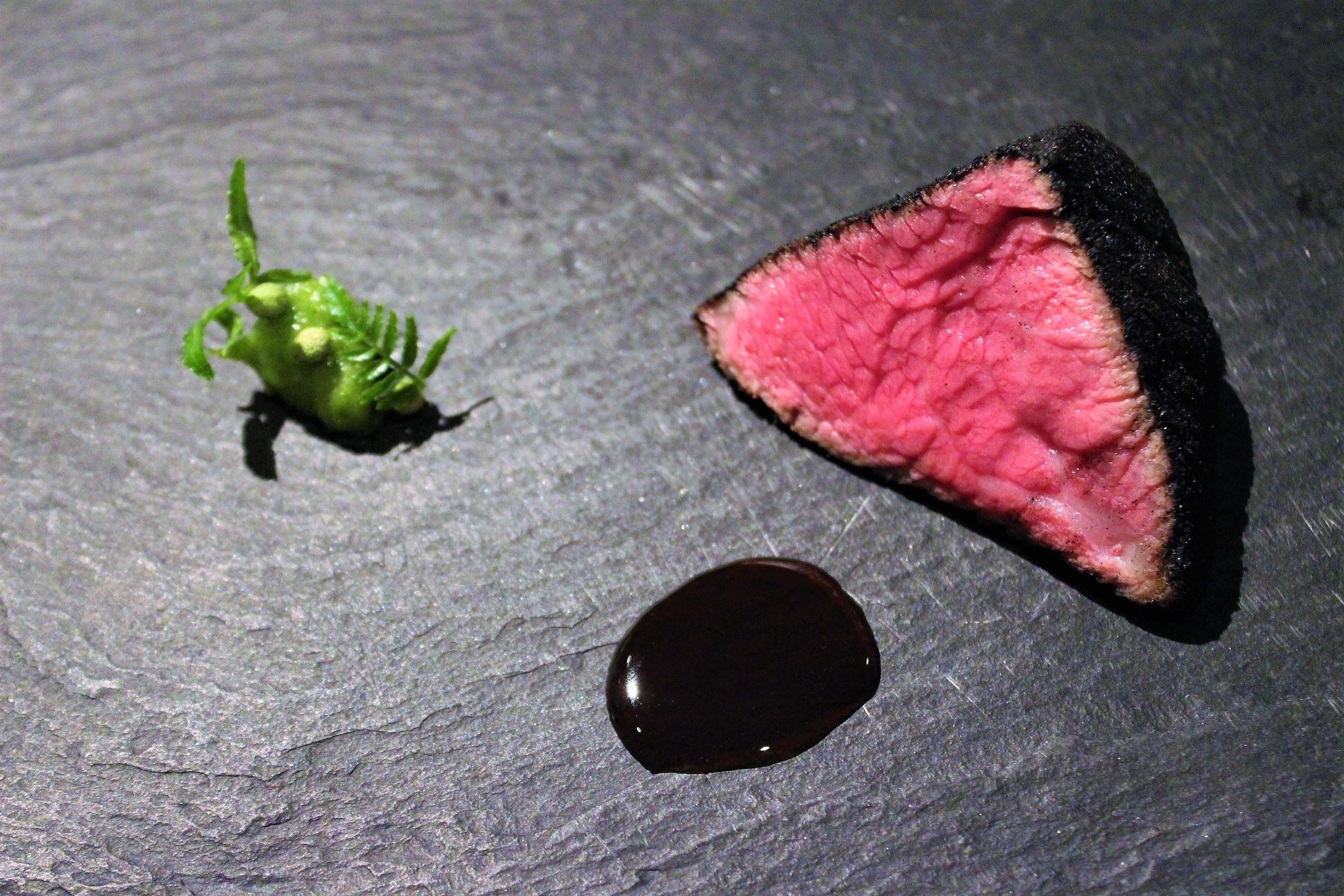
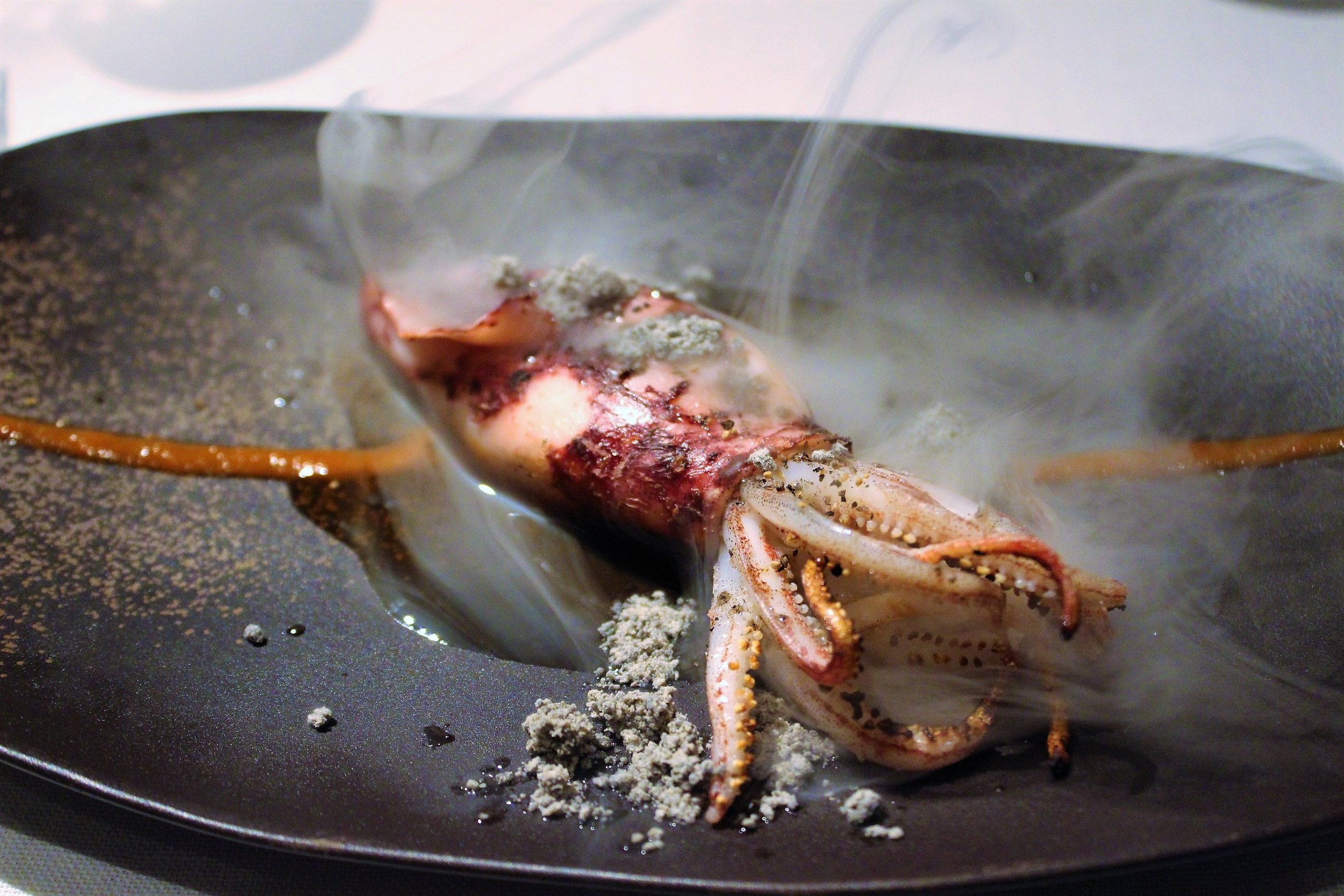
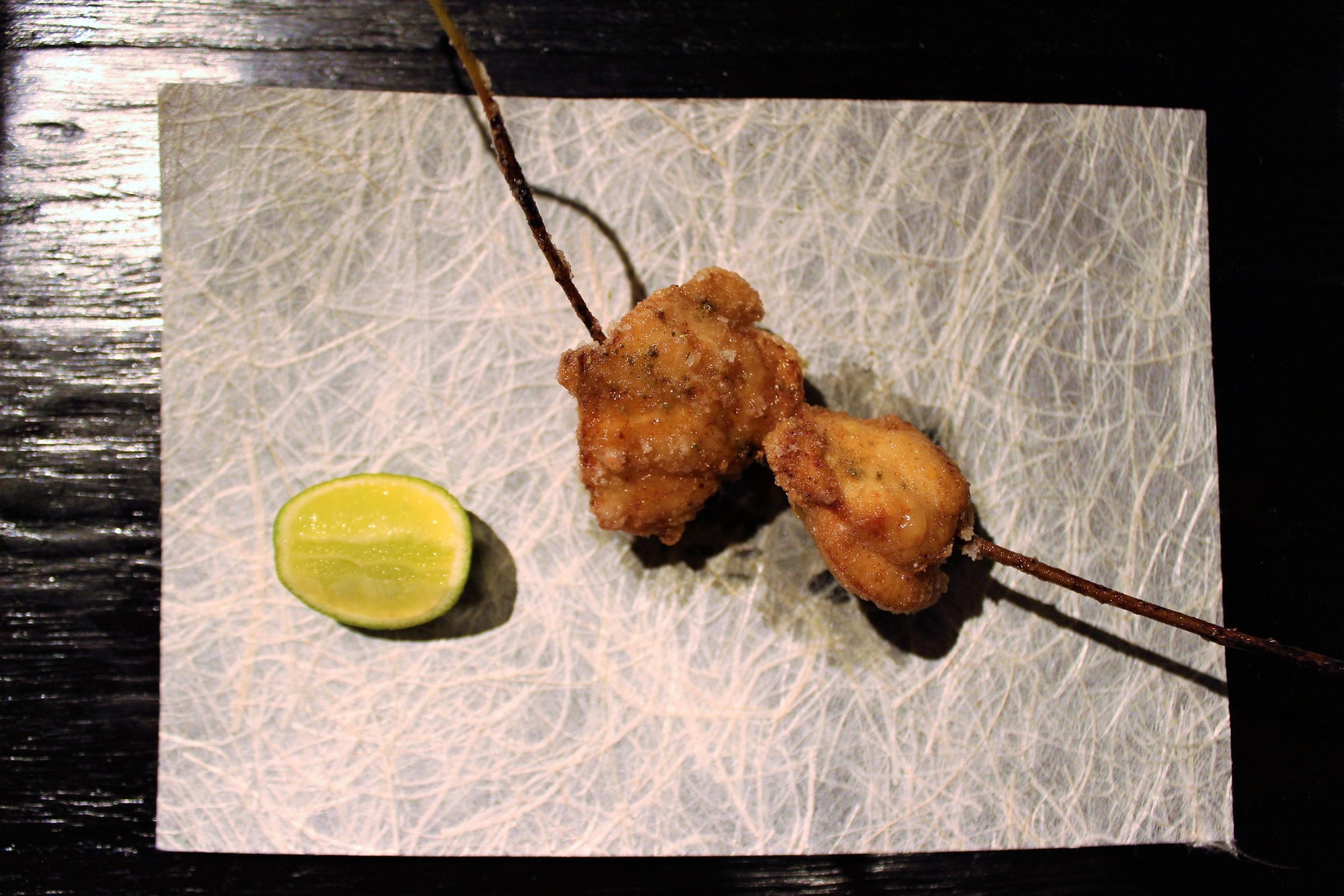

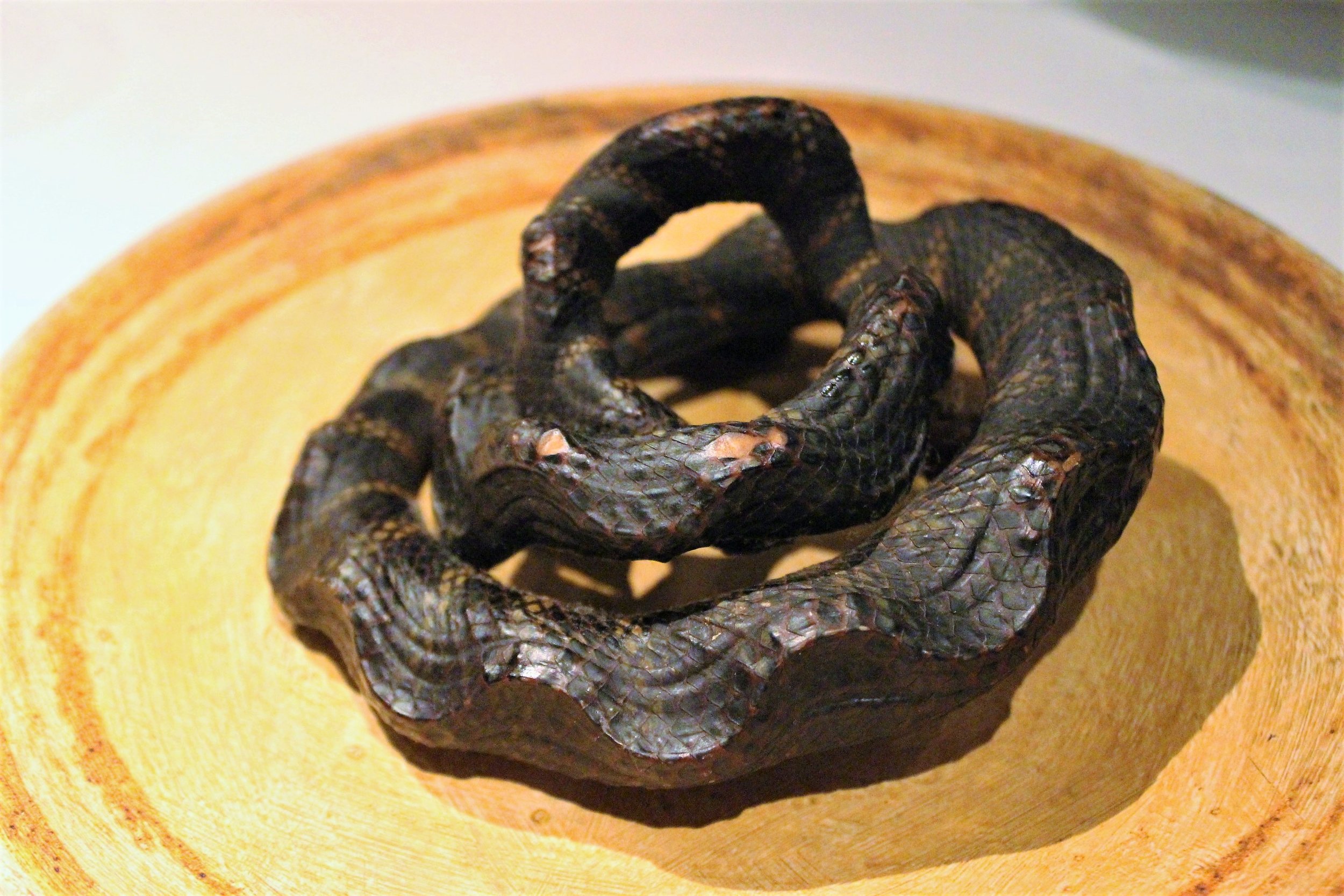
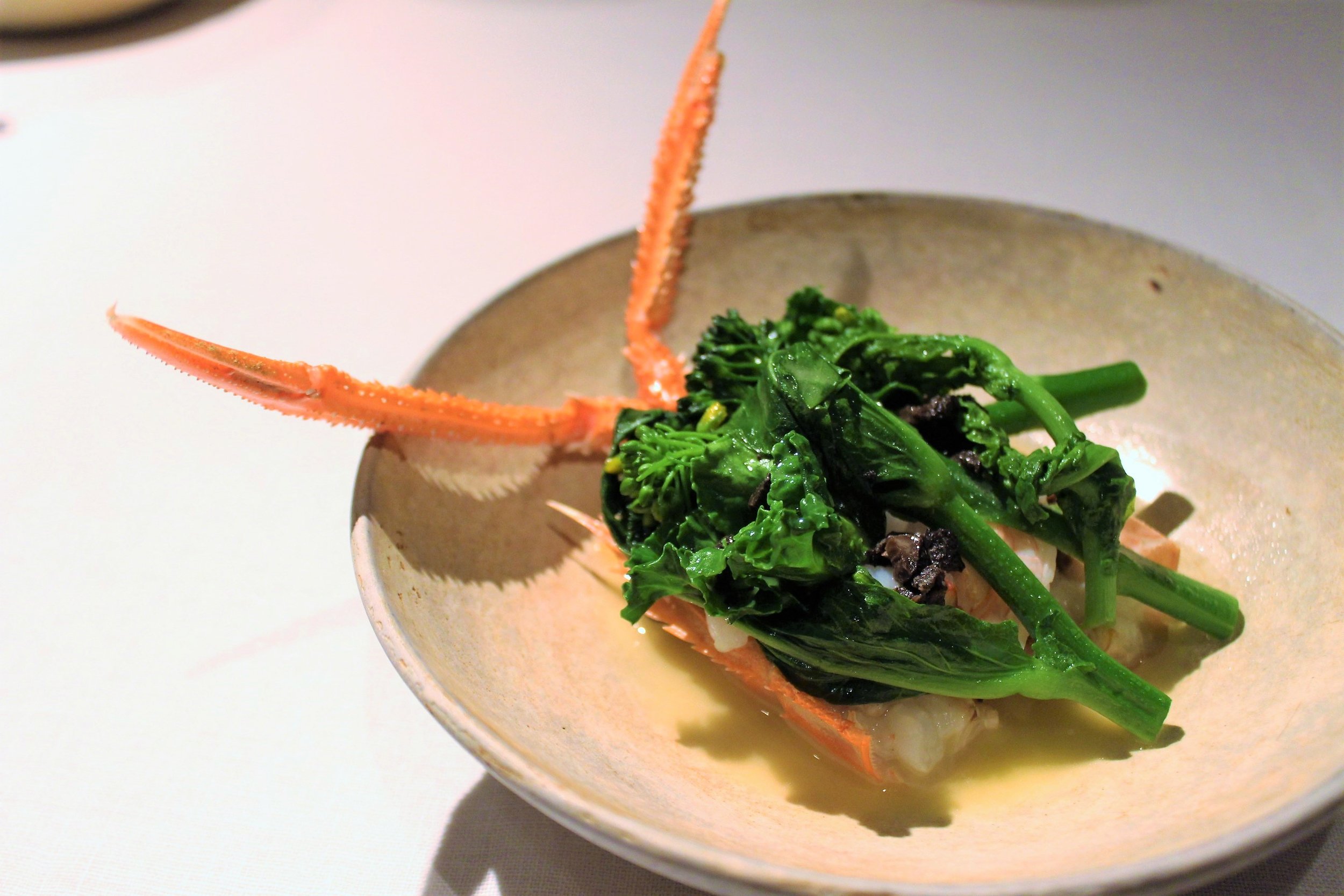
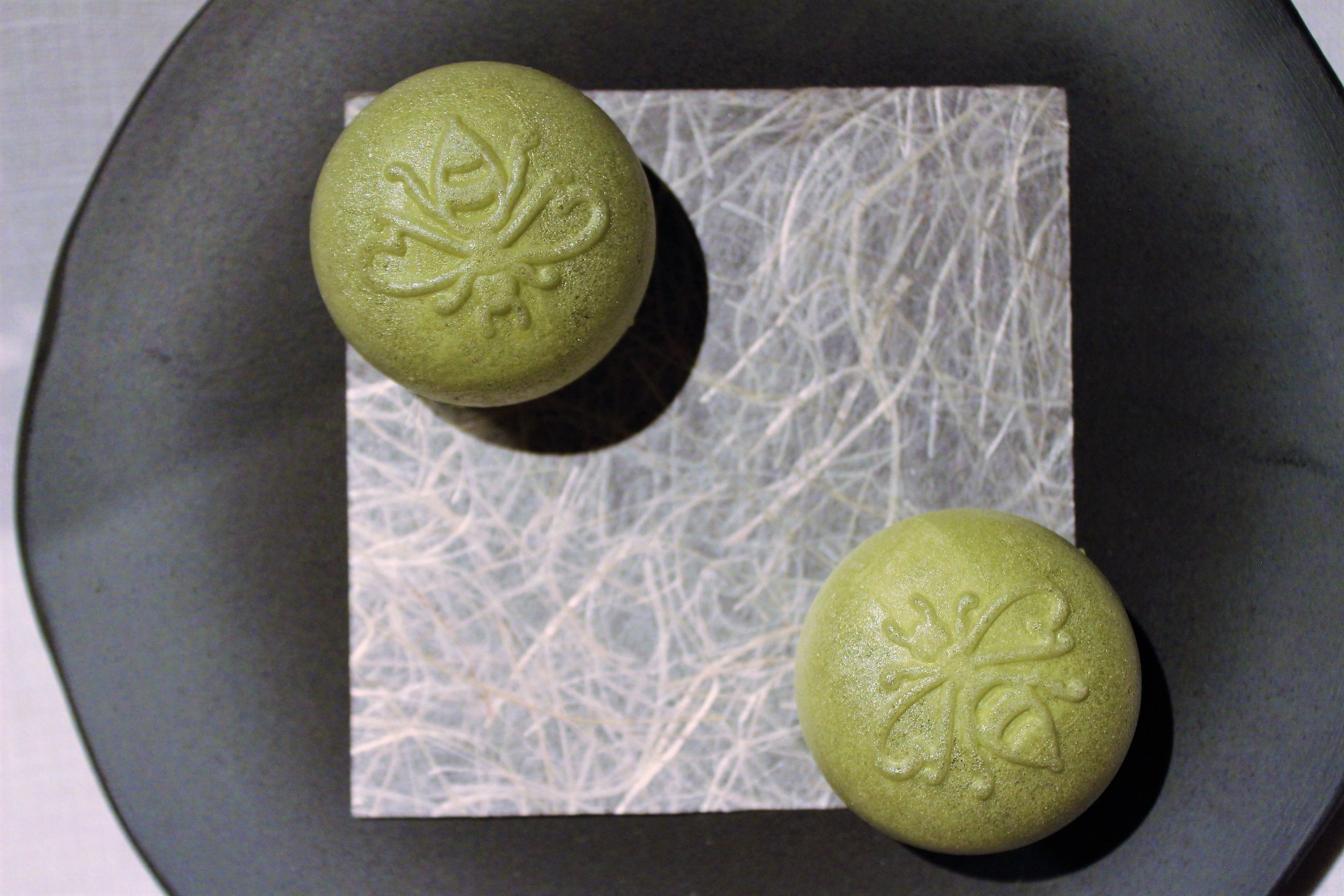
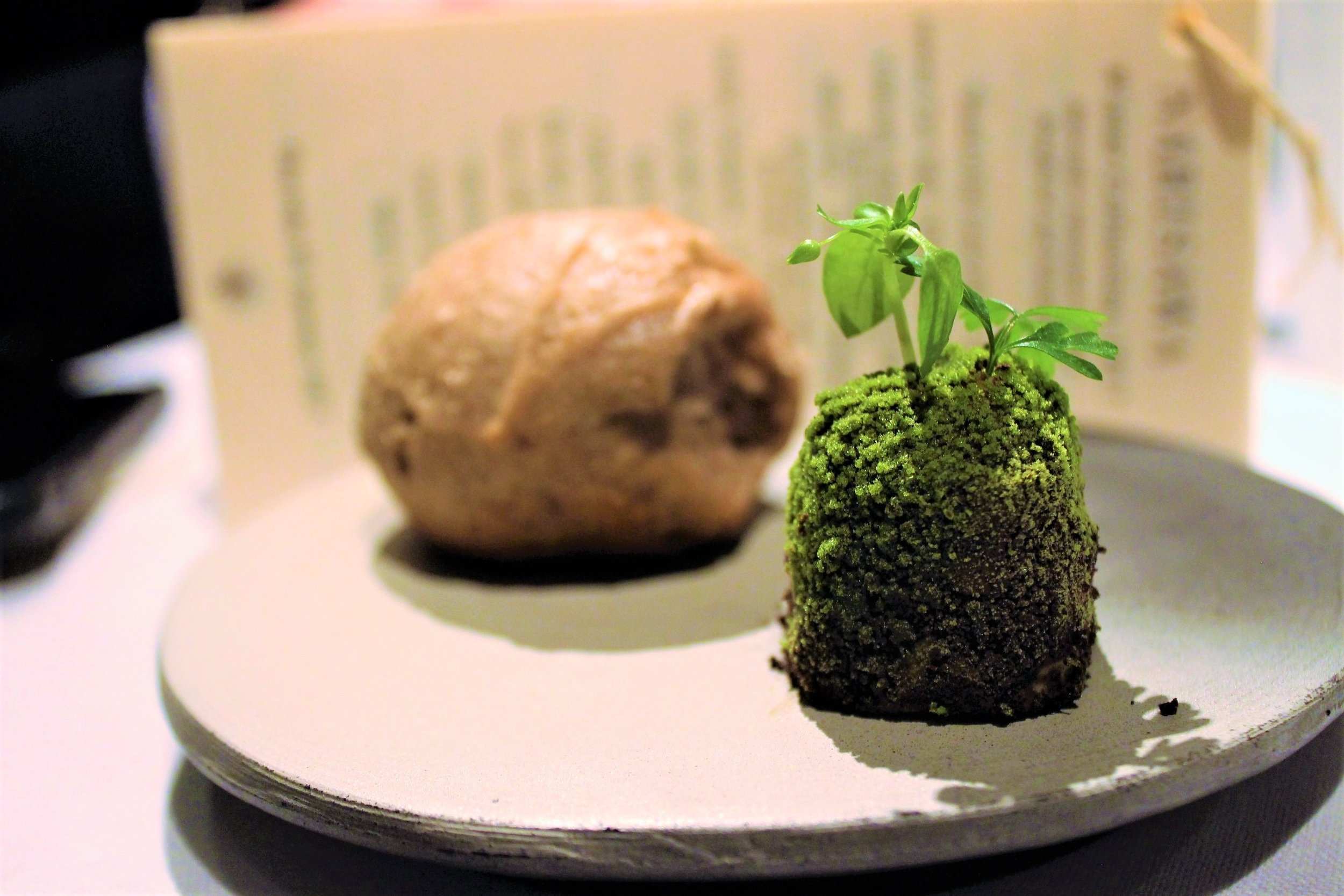
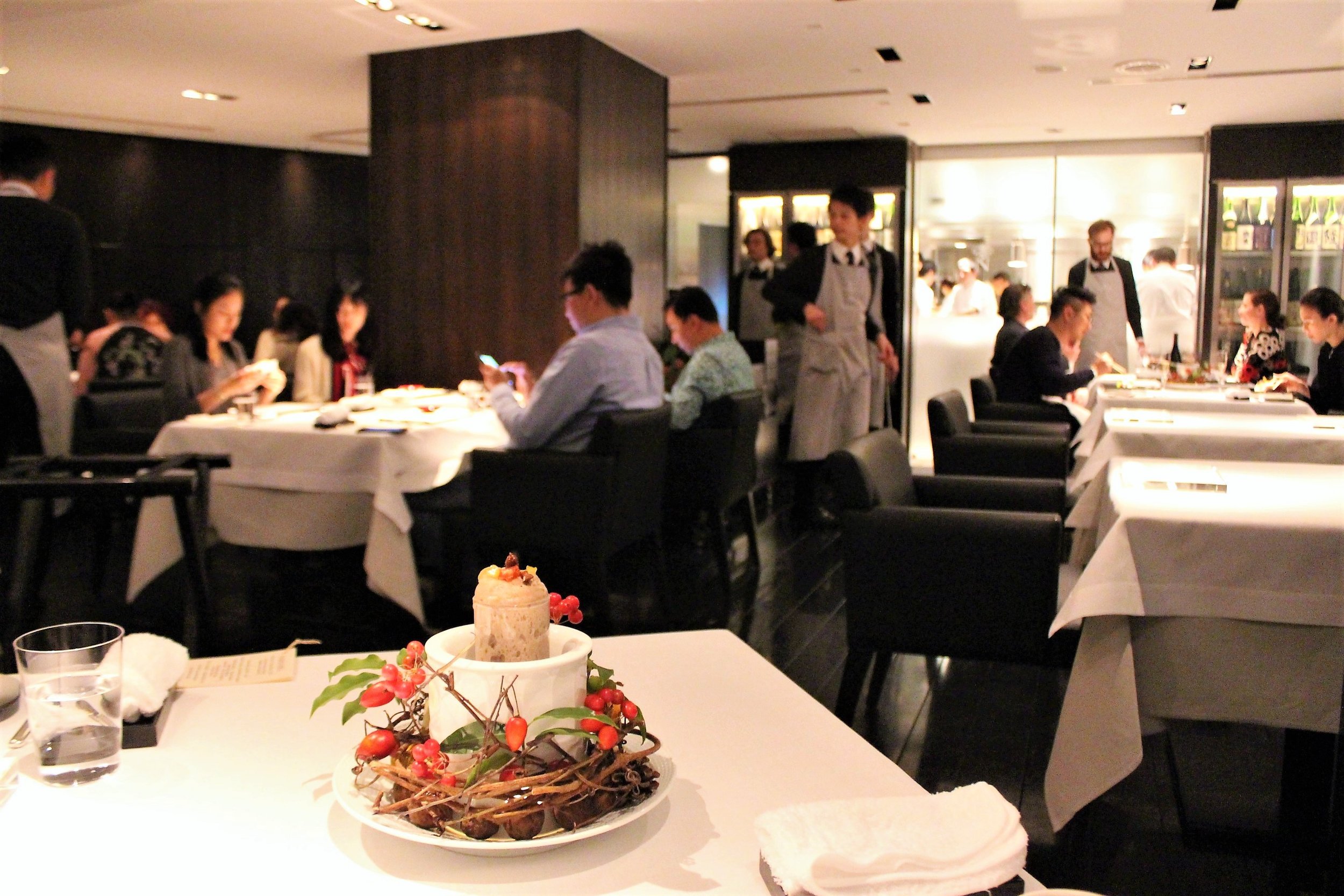


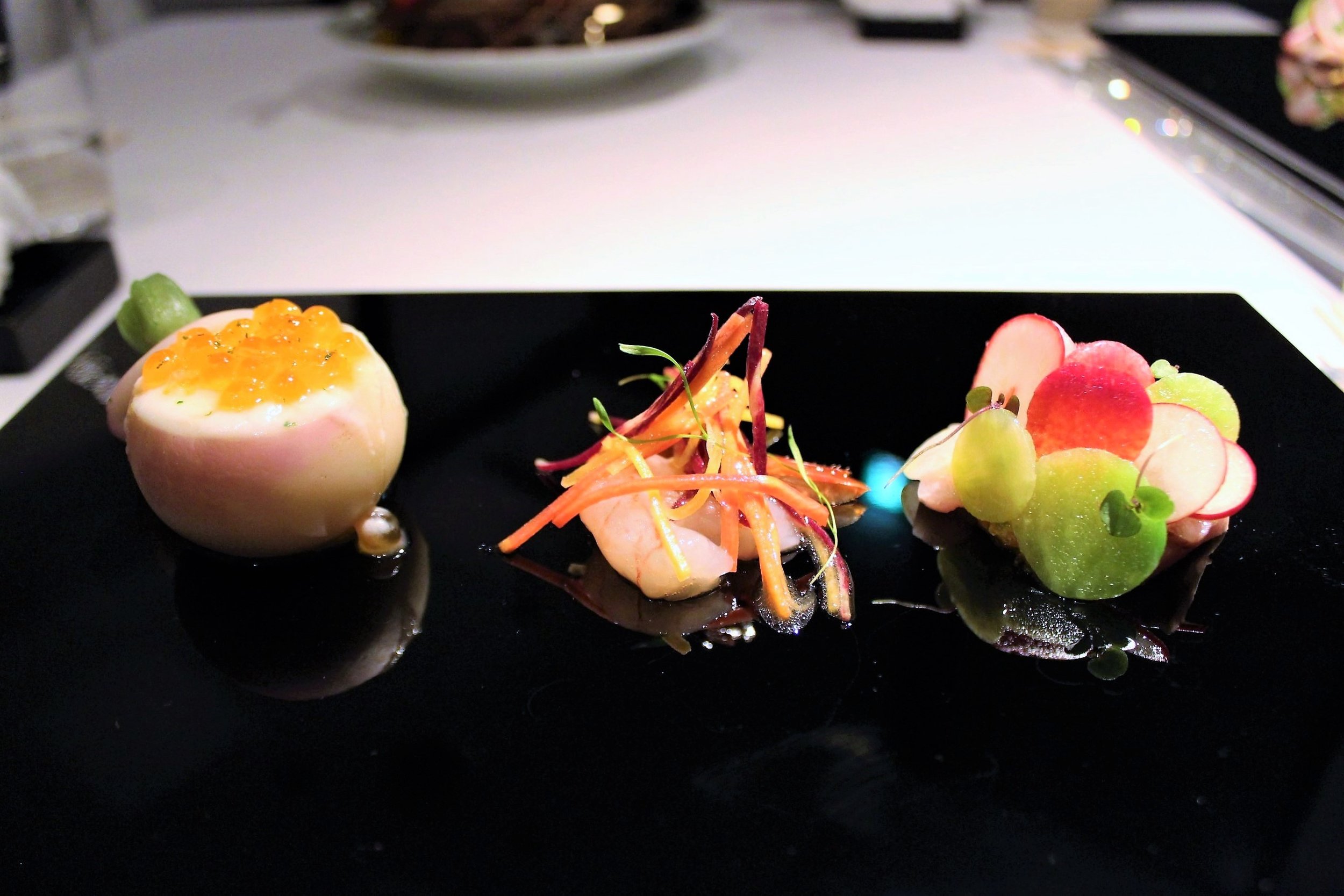
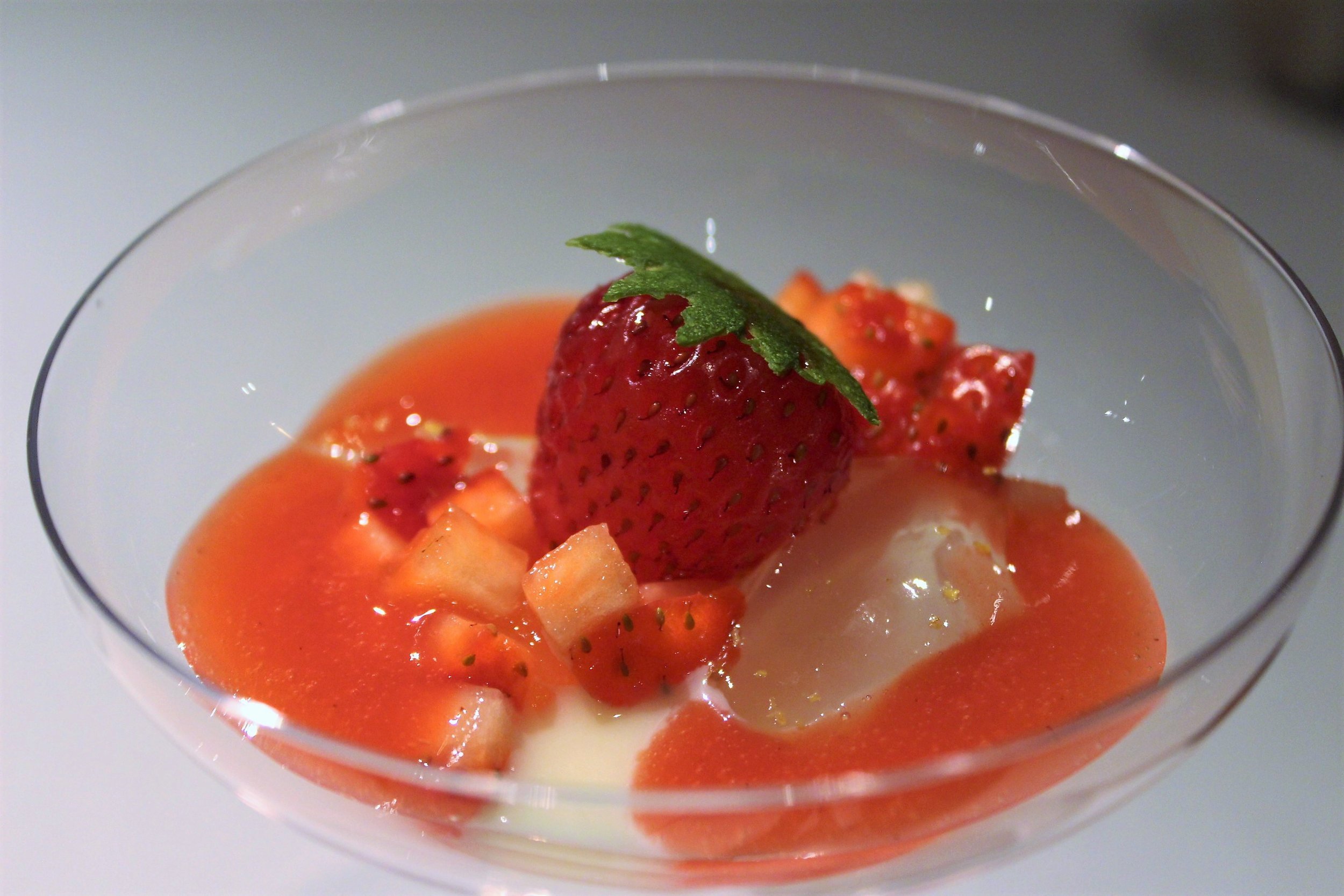

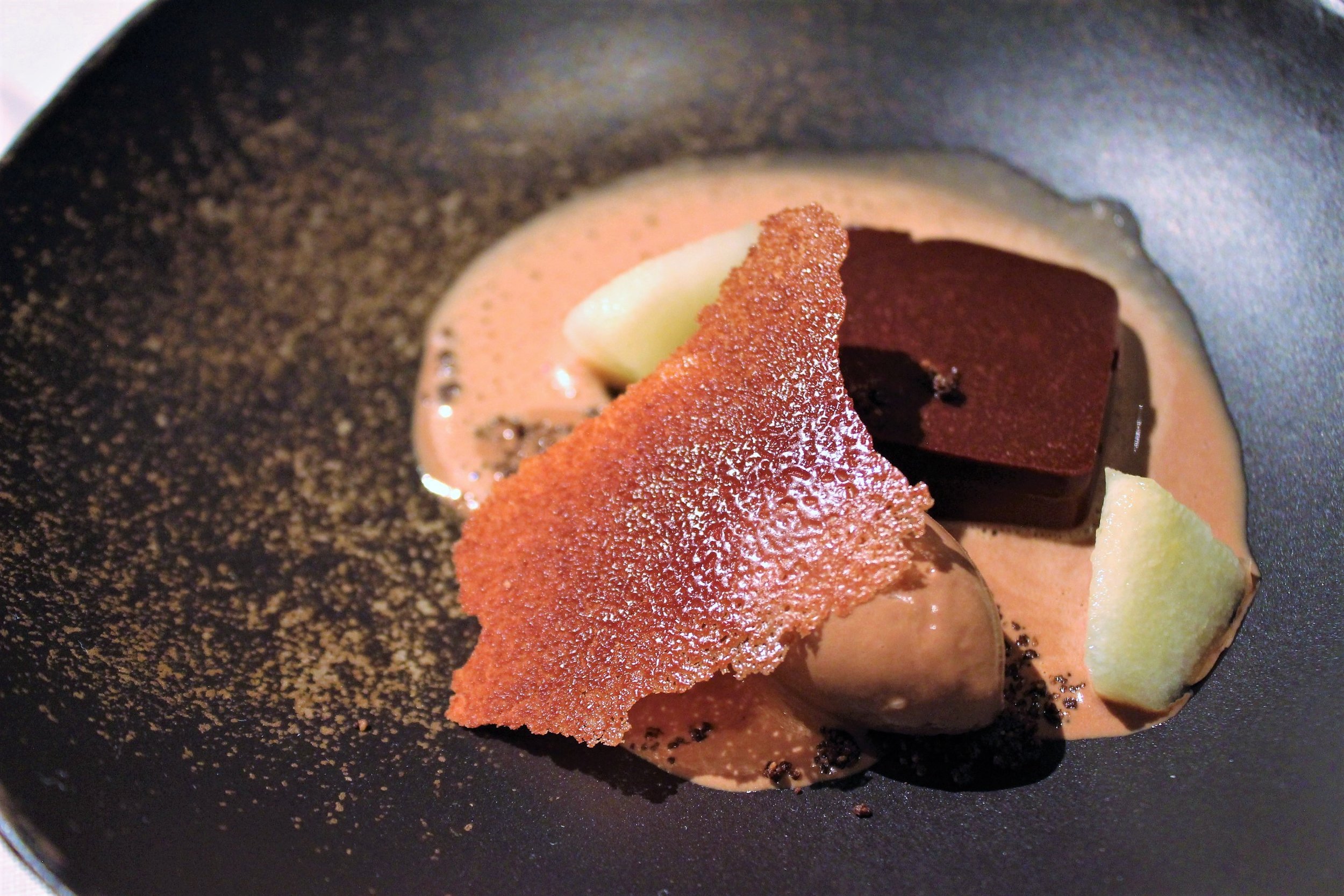
Welcome to Part 2 of our Narisawa post! Here's the link to Part 1 in case you want to read it. This is definitely going to be a difficult restaurant to review, which is why I saved it for last. Similar to all of my long reviews, I wanted to split it into two parts. Trust me, it's better this way.
Anyway, if you didn't read Part 1, I just wanted to mention that Narisawa was the 8th (2016) and 18th (2017) best restaurant in the world. In 2017, it was also named the 6th best restaurant in Asia.
Anyway, Narisawa was one of my favorite meals in Japan for so many reasons, including:
The food was amaaaaaaazing. It was just the right level of "fine dining" for me. And, the food quality is indescribable even though I will attempt to describe it.
Narisawa is conscious of its surroundings. Similar to the mottanai philosophy, which aims to minimize the amount of waste produced, sustainability is one of Narisawa's key principles.
Narisawa characterizes its genre as "Innovative Satoyama Cuisine", drawing inspiration from nature. As you will soon see, Narisawa aims to "create gastronomy beneficial to both body and spirit".
(By the way, this meal was sponsored by my dad. Thanks for the food. We can go again next time).
Address: 南青山2-6-15, Minato, 東京都 〒107-0062, Japan
Recommended:
"Bread of the Forest 2010" and Moss at Narisawa in Tokyo, Japan
Japanese Yam and Dried Mullet Roe at Narisawa in Tokyo, Japan
Yellow Tail, Wasabi, Botan Shrimp, Salmon Roe, Hairy Crab at Narisawa in Tokyo, Japan
Soft-Shelled Turtle and Sea Snake at Narisawa in Tokyo, Japan
Tilefish and Shogoin Radish at Narisawa in Tokyo, Japan
"Ash 2009" Scene of the Seashore at Narisawa in Tokyo, Japan
Saga Beef Sirloin at Narisawa in Tokyo, Japan
Langoustine Shrimp at Narisawa in Tokyo, Japan
Blowfish and Lindera at Narisawa in Tokyo, Japan
"Sumi 2009" Kobe Beef at Narisawa in Tokyo, Japan
Strawberry at Narisawa in Tokyo, Japan
Domori Chocolate at Narisawa in Tokyo, Japan
Matcha at Narisawa in Tokyo, Japan
Continuing off where we left off on Part 1, we had some Tilefish from Yamaguchi. It had a sheet of thinly sliced Abalone and Shogoin Radish from Kyoto. It also comes with their special "Luxury Essence" broth made with Chicken, Pork, and Ham that has been steamed for six hours in their convection oven. The Tilefish was meaty but tender. The Abalone and the Radish had soaked up all the richness of the Luxury Essence. I could barely handle this dish. It was so good. I thought I was going to pass out. #brothgoals for sure.
Next, we had the "Ash 2009", Scene of the Seashore (see above). Wow, if this is a scene of the seashore, it looks pretty brutal. It looks like that Squid got in a fight with a sniper rifle... and lost. Anyway, the waiter came around and took this beauty out of an icy bowl. It was overflowing with white smoke from the liquid nitrogen. Even after he placed the squid on the plate, it continued to smoke.
This was Charcoal Grilled Squid with Paprika Essence. The smoke came from mixing the Paprika Ash with Liquid Nitrogen. If you're interested in the recipe, check it out here: Fine Dining Lovers.
Then, we had some Beef Sirloin from Saga. It has a high fat content and was prepared Sukiyaki-style. The raw beef was cut into thin slices and dipped into a hot soup of kombu seaweed and soy sauce. It was coated with egg yolk and laid over Matsutake mushrooms. These mushrooms are super rare and have a spicy aroma. They say that it has a slight cinnamon-like taste. It was perfect. The richness of the beef, which probably could be overwhelming to some people, was evened out by the sweetness of the soup it was cooked in.
Next, we had some Langoustine Shrimp from Shizuoka. It was lightly sauteed so it was still a bit raw, like warm sashimi. It was dressed with edible Japanese flowers and Black Truffle Crumble. The Japanese flowers tasted a lot like the ends of Chinese Broccoli but more floral.
The next dish came on a Lindera stick from Gifu, which is native to eastern Asia. It has a strong, spicy scent. It came with Fried Blowfish from Aichi, which, honestly, tastes a lot like fried chicken. Blowfish, or Fugu, is often enjoyed raw, which is chewy and chicken-like. It came with Sudachi, a Japanese citrus fruit. It is used as food flavoring similar to the way you use lime or lemon. Sudachi is a bit sour but it's good!
For our main course, we had the "Sumi 2009" Kobe Beef from Hyōgo. When they presented it, it looked like a block of charcoal, which seemed a bit too carcinogenic for my liking. I didn't ask for my food to be cremated?! Much to my relief, the outside was simply coated with Charcoal Grilled Leek Powder to give the illusion of a piece of charcoal. The meat is cooked by way of Arroser, a French cooking technique that involves continuously splashing the meat with hot liquid.
At Narisawa, the hot liquid came in the form of olive oil and butter. The goal is to keep the exterior at 80 degrees Celsius and the interior at 55 degrees Celsius to preserve the proteins in the muscle fibers and trap all the fantastic juices within the meat. As you can see in the picture above, the result is pristine. The meat looks like it's been cooked sous-vide. The whole process takes about 25 minutes. You can check out the recipe here at Fine Dining Lovers.
The meat is graded A5 and comes with two accoutrements, Japanese Red Wine Sauce and White Miso mixed with Sancho Pepper. In the world of wagyu, there are yield scores (A being the best, E being the worst) and Japanese grading scales (1-5). This meat was rated the highest quality for wagyu. Since the meat comes from the rump of the cow, it's a bit less tender but it's got terrific flavor.
For our first dessert, we got Strawberries from Kumamoto (see above). This dish was composed of a Strawberry, Strawberry Jam, Kombu-based Jelly with Yuzu Citrus Flavor, and a Matcha Green Tea Leaf on top. Kombu is a type of seaweed and is used as a gelling medium and thickening agent, kind of like gelatin or corn starch. It helps make jelly!
Next, we had the Domori Chocolate (see above). It came with Chocolate (prepared several ways), Chocolate Sauce, and Japanese Pear. This was probably one of the few times I've had Pear and Chocolate together but it was awesome. I could have licked this plate clean.
Finally, the last dessert was called "Matcha" (see above). It was designed with Narisawa's logo: a bee. This is called Monaka, a Japanese rice pastry that is typically filled with red bean. It can also be filled with other ingredients like sesame, mochi, or even ice cream. Monaka is usually enjoyed with tea.
You can check out the filling below!
Overall, the meal was really great. It's definitely one of my favorite restaurants of 2017. If you're in Tokyo and want to treat yourself to something nice, check out Narisawa but be sure to reserve in advance!
Extract from Narisawa's menu:
Restaurant Narisawa is which genre?
Taking the rich culinary culture of the Satoyama, and the wisdom of our ancestors, we pass it through the Narisawa filter to create a new, independent genre called, "Innovative Satoyama Cuisine". The Japanese term "Ji' nen," referring to the spirit of nature, includes people carrying on the Satoyama culture like instinct, together with the natural world. From this spirit, we at Narisawa create gastronomy beneficial to both body and spirit, and a continuously Sustainable environment, which we call, Beneficial and Sustainable Gastronomy.
"Satoyama Scenery"
Forests comprise almost 70% of Japan. Its coastline is ranked 6th in the world. Japan is surrounded by forests and seas. In this limited space, people cultivate the land and grow rice, they live and walk hand in hand with nature, with the forests and seas, and they call this type of place the Satoyama.
Responding to the four seasons, the severe changes between them, understanding this environment, and living our lives taking only the most necessary resources for daily life from the earth, this lifestyle is called Satoyama Culture.
The Satoyama is Beneficial to body and spirit, and promotes a continuously Sustainable environment, a culture beyond value, expressed on these plates as "Satoyama Scenery".










